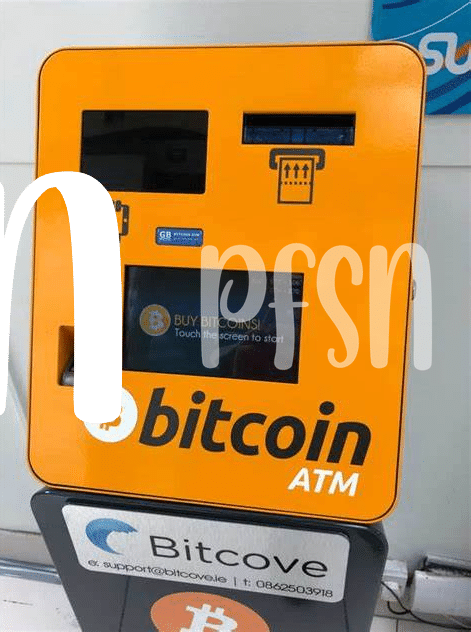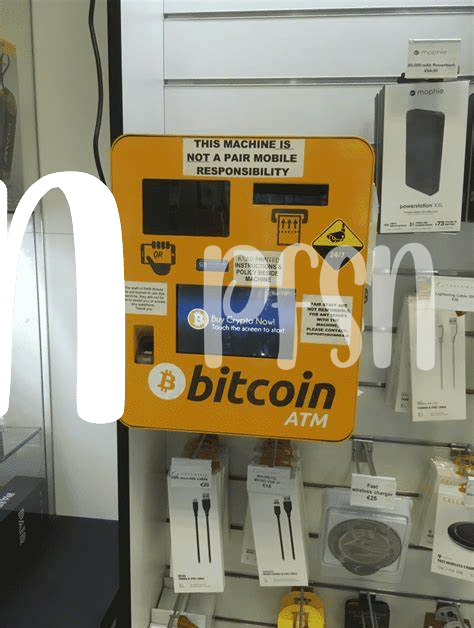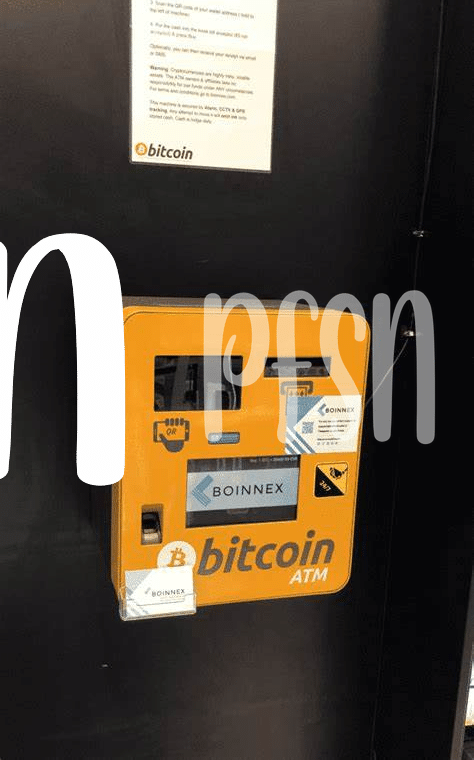Overview of Bitcoin Atms in Ireland 🌍

Ireland embraces the Bitcoin ATM wave, with an increasing number of machines making cryptocurrency transactions accessible across the country. These ATMs provide a convenient and user-friendly way for individuals to buy or sell Bitcoin in physical locations. As the popularity of Bitcoin continues to grow, the presence of these ATMs offers a tangible and familiar entry point into the world of digital currencies.
Legal Regulations Governing Bitcoin Atm Operations 📜
Bitcoin ATMs in Ireland are subject to a complex web of legal regulations, encompassing issues such as anti-money laundering measures and customer identification requirements. These stringent guidelines aim to ensure the integrity of financial transactions and prevent illicit activities. Additionally, compliance with taxation laws is essential for operators to navigate the regulatory landscape successfully. As such, maintaining transparent operations and adhering to regulatory standards are paramount for the sustainable growth of Bitcoin ATM services in Ireland.
Impact of Regulations on Bitcoin Users 💸

Bitcoin users in Ireland are directly impacted by the regulatory framework surrounding Bitcoin ATMs. These regulations not only shape the accessibility and usability of these ATMs but also influence the overall adoption and acceptance of Bitcoin in the country. Users face challenges such as ensuring compliance with KYC (Know Your Customer) requirements, which may affect the anonymity once associated with Bitcoin transactions. Additionally, the rules regarding transaction limits and fees directly affect how users interact with Bitcoin ATMs and the overall convenience of using them for buying and selling Bitcoin.
Challenges Faced by Bitcoin Atm Operators ⚠️

Bitcoin ATM operators in Ireland encounter various challenges in maintaining and operating their machines. One significant hurdle is navigating the complex regulatory landscape, which often involves compliance with stringent anti-money laundering and know-your-customer laws. Additionally, fluctuations in cryptocurrency prices can impact the profitability of Bitcoin ATMs, posing a risk for operators in terms of revenue generation and sustainability.
For further insights into the legal aspects of Bitcoin ATMs, it’s worth exploring the question, “Are Bitcoin ATMs legal in Israel?” Visit are bitcoin atms legal in israel?.
Future Outlook for Bitcoin Atms in Ireland 🔮
In recent years, the landscape for Bitcoin ATMs in Ireland has been evolving rapidly, reflecting the growing acceptance and adoption of cryptocurrencies within the country. This shift signals a promising future where these machines could become more widespread and ingrained in daily financial transactions. As technological advancements continue to enhance user experience and accessibility, the convenience offered by Bitcoin ATMs is likely to attract an expanding user base, including both experienced cryptocurrency enthusiasts and newcomers looking to explore this emerging digital economy. In the coming years, as regulatory frameworks stabilize and public awareness grows, the future outlook for Bitcoin ATMs in Ireland appears optimistic, with the potential for continued growth and integration into the mainstream financial ecosystem.
Recommendations for Navigating the Legal Landscape 💡

Navigating the legal landscape surrounding Bitcoin ATMs in Ireland requires a deep understanding of the evolving regulatory environment. Operators must stay proactive in compliance measures, regularly reviewing and updating their practices to align with legal requirements. Clear communication with regulatory bodies, ongoing monitoring of industry developments, and fostering partnerships within the crypto community can all contribute to smoother operations. Emphasizing transparency and accountability in all transactions is crucial for building trust with both users and authorities. Additionally, seeking legal counsel and staying informed about global legislative trends, such as in Hungary and Iraq, can provide valuable insights for adapting to potential regulatory changes.
